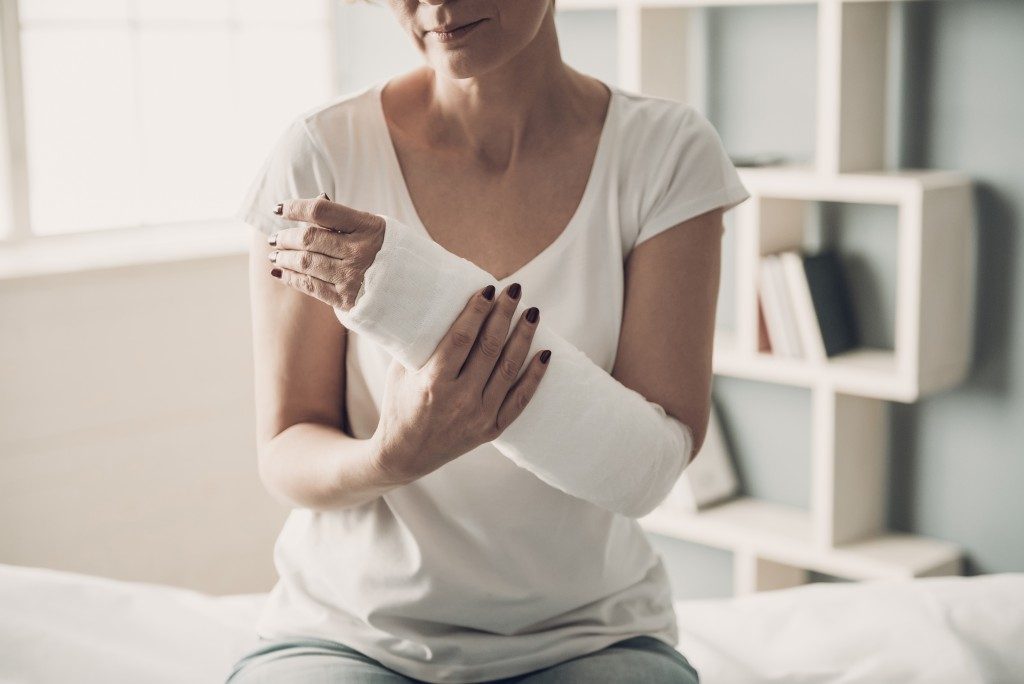Fractures are unfortunately among the most common issues nowadays. Over 80% of the fractures are attributed to trauma, while a small percentage arises from various conditions that weaken the bones and make them prone to frequent fractures. Having a fracture is thankfully no longer a death sentence, and it does not prevent you from engaging in different activities when adequately managed. Orthopedics has had several innovations in recent years to guarantee optimal fracture healing with minimal interference with the functionality of the fracture site.
The use of fixation devices is the leading choice in an orthopedic clinic based in Provo for the management of fractures. The devices will maintain the range of motion of your fractured limb to a large extent and allow you to live pain-free. Fixation devices are more or less used as a replacement of a broken bone or to support the bone fragments left after a fracture. Here are the common types of fixation devices used in fracture management:
Screws
Orthopedic screws mostly resemble the ones used in construction. These screws have a flat head and dented body. They are drilled into the end of a broken bone and hold the fragment in place. Screws are generally used in fractured sites whose stability has been compromised by injury since they can restore the strength of the site. Screws are not removed unless there is an infection, the healing of your fracture fails, or the screw breaks secondary to repeated trauma.
Prostheses
 These are often used for the management of hip and knee fractures. Prostheses allow a patient to regain a full range of motion in their hip and knees within a short time. Sometimes, prostheses are used for the replacement of diseased bones even though they might not be fractured.
These are often used for the management of hip and knee fractures. Prostheses allow a patient to regain a full range of motion in their hip and knees within a short time. Sometimes, prostheses are used for the replacement of diseased bones even though they might not be fractured.
Plates
These have been used for fracture management for over fifty years. Plates are generally used to reconstruct a fractured site and restore its stability. They comprise a flat metal implement with holes in it through which screws are drilled to attach the bone to your fractured bone. Unlike screws, plates are not generally used in high-stress areas. There are different types of orthopedic plates. Buttress plates are often used for holding fractured long bones, more so those affecting the knees and can be T- or L-shaped. Compression plates, on the other hand, are used to apply dynamic pressure to the broken bones and promote their healing. Bridging, neutralization, and tension plates are the other types of orthopedic plates.
Nails
These are intramedullary orthopedic implants used for the management of fractures caused by osteoporosis or trauma. Most orthopedic nails have bolts that lock them in place at the ends of the fracture. The nail is inserted into the medullary canal of the fractured bone and then expanded to its desired diameter.
The fixation devices mentioned above have significantly changed the treatment of fractures. You no longer have to be on complete bed rest for over two months waiting for your fracture to heal with a weight in place. With the above fixation devices, you will return to your normal activities within a month or two, depending on your fracture’s healing and physiotherapy outcome.
